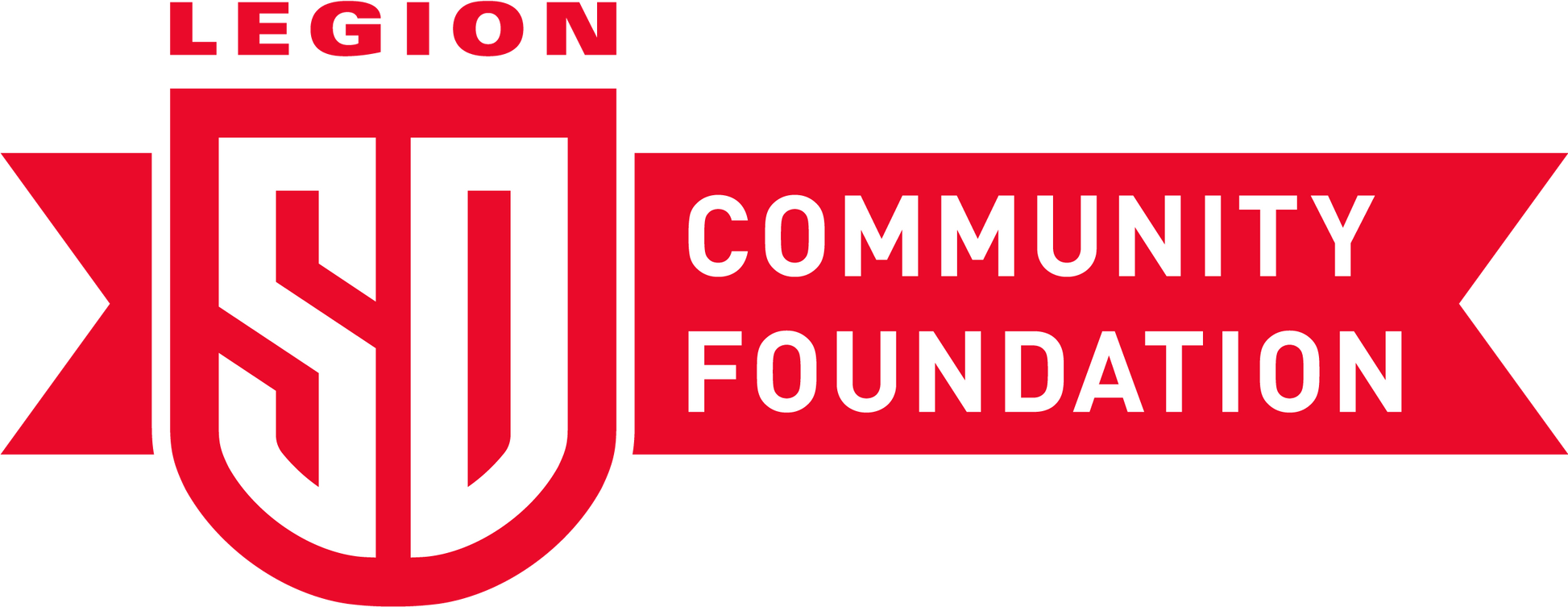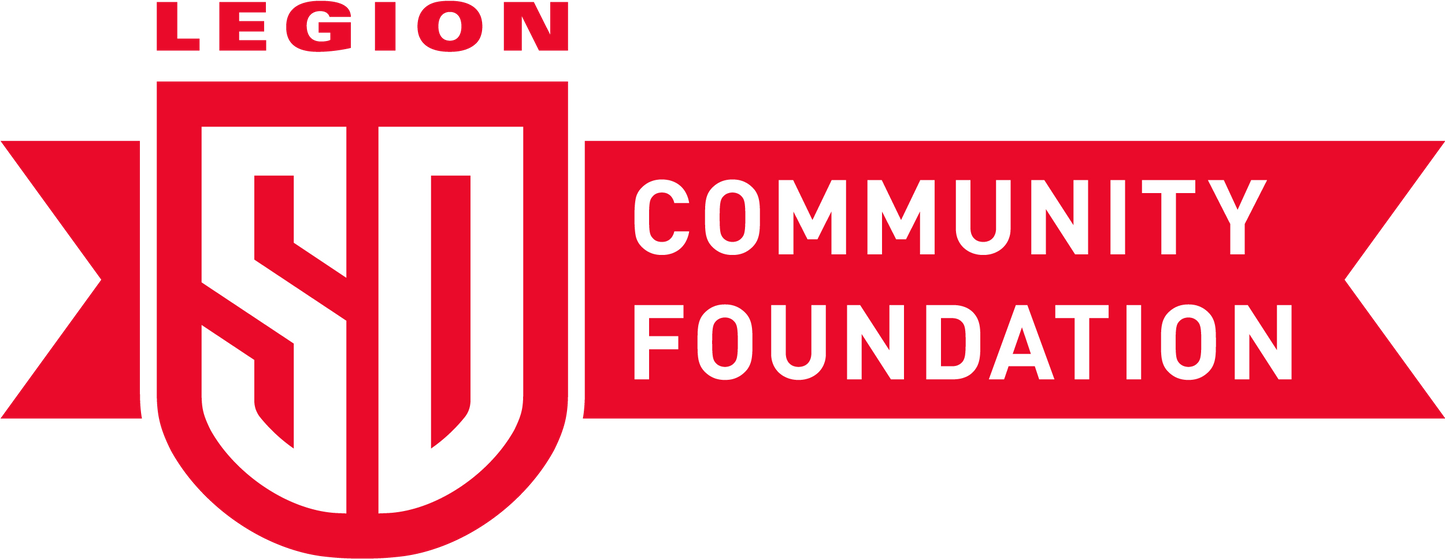Rugby 101
INTRODUCTION
Almost 200 years ago, a boy by the name of William Webb Ellis of Rugby, England decided he had enough of playing normal football (soccer) and picked up the ball and ran with it. 30 years later, rules were formed, and a new sport evolved. Now a game that was created in a school yard, is the second most popular sport in the world.
Through its traditions and unique values, rugby’s culture has grown to be unlike any other. Built on a foundation of discipline and sportsmanship, the key factor that defines the rugby culture is respect. Respect for the team, the opponents, the referee, the fans, the laws and the sport. Mutual respect combined with the exiting tempo of the game is what continues to attract both fans and athletes alike.
The basics of rugby are not only easy but fun to learn. Rugby is a combination of the best parts of the world's most popular sports, only better. A rugby match consists of two 40 minute halves packed with full contact and exciting plays. It is a sport all about quick thinking, support, toughness and grit; there are no time outs, no downs, no rolling substitutions, and no room for the faint-hearted.
OBJECTIVE
Similar to American Football, the objective of rugby is to advance the ball forward by running up the field. This may seem simple, but there’s a catch. The ball can only be transferred from teammate to teammate by passing the ball backward or by kicking it.
Rugby is full contact, but the ball carrier is the only one that can be tackled. When a player gets tackled, the play does not stop. The ball is recycled and the team continues to work to create and manipulate space until a mistake is made or a try is scored.
HOW TO SCORE
TRY (5 Points)- Similar to a touchdown in American football, it is the main method of scoring. A player must place the ball on the ground with downward pressure in the in-goal area between the goal-line and up to the dead ball line
CONVERSION (2 Points) - After a team scores a try, they are given the opportunity to convert it by kicking the ball through the goalposts. The conversion kick takes place in line with where the try was scored.
PENALTY KICK (3 Points) - A team can choose to kick for points when the opposition commits an infringement. The kick will take place from where the penalty occurred, it is kicked off of a tee, and must go through the goal posts.
DROP GOAL (3 Points) - A very difficult and rare kick that is taken in live play. A player drops the ball on the ground, and kicks it through the goalposts.
WHO IS ON THE FIELD?
Contrary to many other sports, the number on the back of a rugby jersey is owned by the position, not an individual player. Numbers 1-15 are starters with 1-8 being forwards and 9-15 being backs. Numbers 16-23 are reserve players, who come onto the field later in the game as substitutes. Each individual player plays a special role in the game, but all rugby players must be strong, fearless, and incredibly resilient. Short, tall, brawny or lean, you’ll see all shapes and sizes of athletes on a rugby pitch.
PROPS- #1 and #3 Props are very strong and powerful and are used to support the hooker during the scrum. They also secure the ball after a teammate is tackled and lift the jumper during a lineout.
HOOKER- #2 Named for their primary role on the field. The Hooker is located in the middle of the front row of the scrum and ‘hooks’ the ball back using their foot, gaining possession for their team. The Hooker also usually throws the ball in during an attacking lineout.
LOCKS- #4 and #5 The duo that makes up the second row, which is where the power comes from in the scrum. They are also usually the main jumpers in lineouts. Locks need to be tall and powerful while also being strong ball carriers during open play.
FLANKERS- #6 and #7 Flankers make up part of the back row of the scrum, they bind onto the locks and provide stability on the sides of the scrum. Flankers are very versatile players, whose key role being to gain possession in the breakdown.
NUMBER 8 - #8 A very explosive player with strong tackling and ball carrying skills. The No. 8 makes up the very back of the scrum and binds onto the hips of the two locks. This player can be used in lineouts and are the link between the forwards and the backs.
SCRUM HALF - #9 The player who orchestrates the team’s performance, Scrum Halves need to make quick decisions as they control the speed of the game and where the ball goes. They are usually smaller in size but need to be very vocal and have a great pass.
FLY HALF - #10 The Fly Half controls most of the attack by making decisions on when to pass the ball to the rest of the back line or when to kick for field position.
CENTERS- #12 and #13 Positioned just outside the Fly Half, the Centers need to be strong runners and have a good eye for gaps in the defense. They are usually pretty adaptable players who can use their creativity to manipulate the defense while also being able to hit hard on the other side of the ball.
WINGS - #11 and #14 Wings are known for being the fastest on the team, they need to be able to turn their speed on at the drop of a hat. Their main role is to finish the job that the rest of the attacking team has started. Wings also need to be strong tacklers and be able to work with the Fullback as the last line of defense.
FULLBACK- #15 The Fullback lines up behind the entire back line and catches many high kicks from the other team. They need to be comfortable under the high ball and have great vision as they act as decision makers during times of high pressure.
PITCH
OPEN PLAY
TACKLE
A Tackle is when the ball carrier is brought to ground by one or more opponents. This could mean as little as one knee on the ground. The opponents then must release the ball carrier and the ball carrier must release the ball in order for play to continue.
RUCK
A ruck occurs after a tackle has happened. Once the player is tackled to the ground, the ball is fair game. Players from both teams compete for the ball by driving the opposition toward their goal line. Once a ruck is formed, players can’t have their hands in the ruck trying to get the ball, they also must be stable and on their feet.
MAUL
A maul has formed when a ball carrier is held up (has not been tackled) by a player from their own team and a player from the other team. Players can join in the maul only from behind the last teammate. Anyone who comes in from the sides or if someone deliberately collapses the maul will be penalized.
KICKING
In addition to running the ball up the field, a team may advance the ball by kicking it up the field and chasing after it. This can be done to gain a better field position, or to get the ball out of the opponent’s red zone.
SET PIECE
Set piece is a way to restart the game after an infringement occurs, the ball goes out of bounds, or a team scores.
SCRUM
The eight forwards from each team bind together and push to drive the opposite team off the ball. The Scrum-Half from the team that has been awarded advantage puts the ball into the center of the scrum and the Hooker must hook the ball while the rest of the team drives forward. The ball comes out the back of the scrum and then is put into play by either the Scrum Half or the Number 8.
LINE OUT
When the ball is either kicked or carried into touch the game is resumed by the ball being thrown back in bounds by the team that did not carry the ball out. Both sets of forwards line up parallel with each other between the 5-meter and 15-meter lines facing the touch line. The Hooker of the team with possession throws the ball back into the field of play, it must be thrown in straight down in the middle in between both teams. Lineout jumpers work to receive the ball, they can be lifted by their teammates below the waist, for safety reasons they cannot be hit or pulled down by the opposition while in the air. Once the ball is received the jumper puts the ball back in play by either passing to the scrum half or forming a maul.
KICKOFF
Similar to football, kickoffs occur after a team scores and at the start of each half. The only difference is the team that just scored is the team that will receive the kick off.
PENALTIES
There is one main referee on the field, and how he or she interprets the laws of the game is how the match will be called. There are two assistant referees that are stationed on the side lines as well. They help the referee call the game by determining where balls go out of bounds, offsides, and other common infringements. There are times when an infringement occurs but instead of stopping play immediately, the referee can choose to give the non-infringing team advantage. However, if no gain is made after a while, the referee can bring the call back to where the initial infringement occurred.
When a penalty is called, the non-infringing team has the option of kicking to touch and having a lineout where the ball goes out, kicking for points, a tap and go to resume open play, or taking a scrum. A severe penalty may result in a yellow card, at which time the player spends 10 minutes off the field, while his or her team plays a person down. If a player commits a serious penalty or is guilty of foul play, he or she may be given a red card and will be forced to immediately leave the field for the rest of the game.
KNOCK ON
The ball is dropped or hit forward after the ball has come in contact with a player above the waist, it results in a scrum to the other team.
FORWARD PASS
A pass from teammate to teammate is forward, results in a scrum to the other team
OBSTRUCTION
Hitting a player that does not have the ball. When a player on attack hits a player on defense to protect the ball carrier (like blocking in football). It can also occur when two players are going for the ball and a player hits the other while trying to recover the ball.
HIGH TACKLE
When a player tackles the ball carrier above the shoulders.
OFFSIDES
A player is offsides when he/she is in front of the relevant onside line. Players will become offsides often, but they will only be penalized if they attempt to interfere with play or do not act to attempt to become onside.
FAILURE TO RELEASE
After a tackle, the ball carrier must release the ball, and the tackler must release the ball carrier. If there is a failure to do either within a certain time frame the referee will call a penalty against the offending player.
FAILURE TO ROLL AWAY
Any player on the ground when a ruck or maul is formed must immediately roll away from the ball. If a player does not attempt to roll away and is interfering with the ball being played, a penalty will be called against them.
JOINING FROM THE SIDE
When joining a ruck or maul a player must enter from behind the feet of their teammate. If someone enters from the side, a penalty will be awarded to the non infringing team.

Legion Community Foundation
Donate Today!
Join us in making a difference! Your donation helps us expand our programs, which range from youth rugby initiatives to support for underserved populations. We believe in providing equal opportunities for everyone to experience the benefits of rugby, both on and off the field. With your support, we can continue to offer educational and recreational activities, engage players and coaches in community outreach, and grow the sport we love. By donating, you're not just supporting rugby; you're investing in the future of our community. Help us continue to make a positive impact. Every contribution counts!



